Best Programming Languages for Future
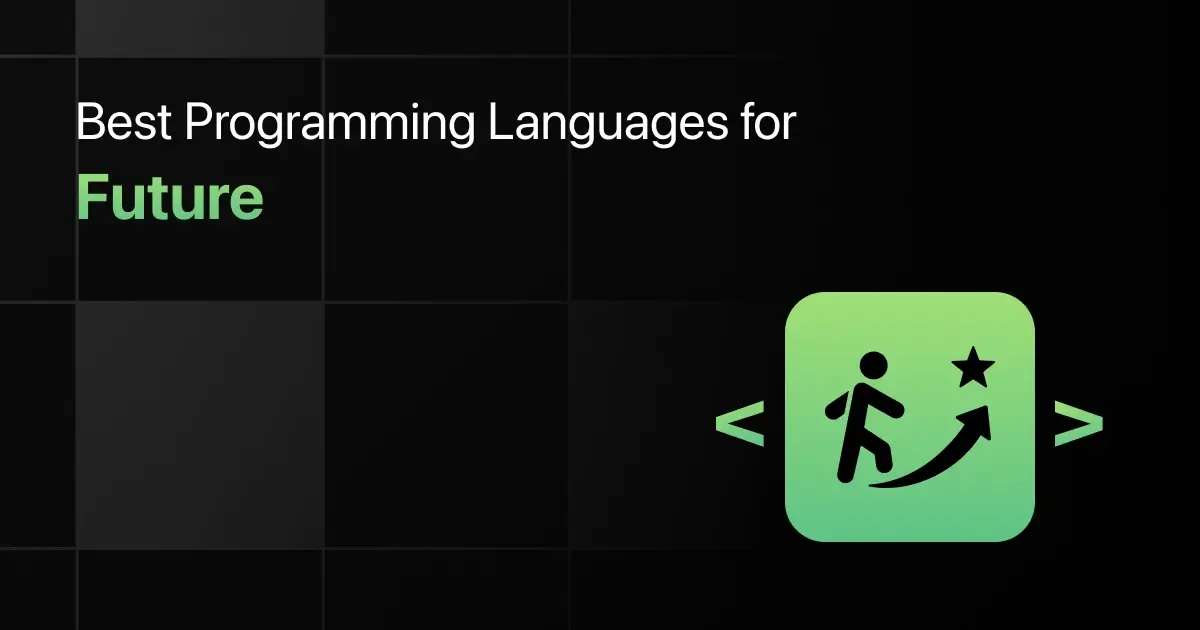
Knowing which programming language is best for future opportunities is important.
If you want to upgrade your skills, picking the best programming language for future trends can help you succeed.
Now, let’s look into the top 10 programming languages of the future and determine which programming language is best to learn for future success.
Best Coding Languages for the Future – Overview
Here’s an overview of the 10 best programming languages for the future:
| S.No. | Programming Language | Learning Curve | Job Market Demand | Learning Resources |
|---|---|---|---|---|
| 1 | Python | Easy | Data Analysis, Automation, and Web Development | Learn More |
| 2 | Java | Medium | Backend Systems, Android Apps, and Large-scale Enterprise Applications | Learn More |
| 3 | JavaScript | Easy | Front-end and Full-stack Development | Learn More |
| 4 | TypeScript | Medium | Enterprise-level Applications | Learn More |
| 5 | Ruby | Easy | Startups and Tech Companies | Learn More |
| 6 | Swift | Easy | iOS and macOS Development | Learn More |
| 7 | Rust | Medium | Systems Programming, Web Development, and Game Development | Learn More |
| 8 | PHP | Medium | CMS and E-commerce Site Development | Learn More |
| 9 | Go | Medium | Cloud Services and DevOps Roles | Learn More |
| 10 | C++ | Difficult | System Software, Game Development, and Performance-critical Applications | Learn More |
Top 10 Programming Languages for Future
Below are the top 10 programming languages for the future:
1. Python
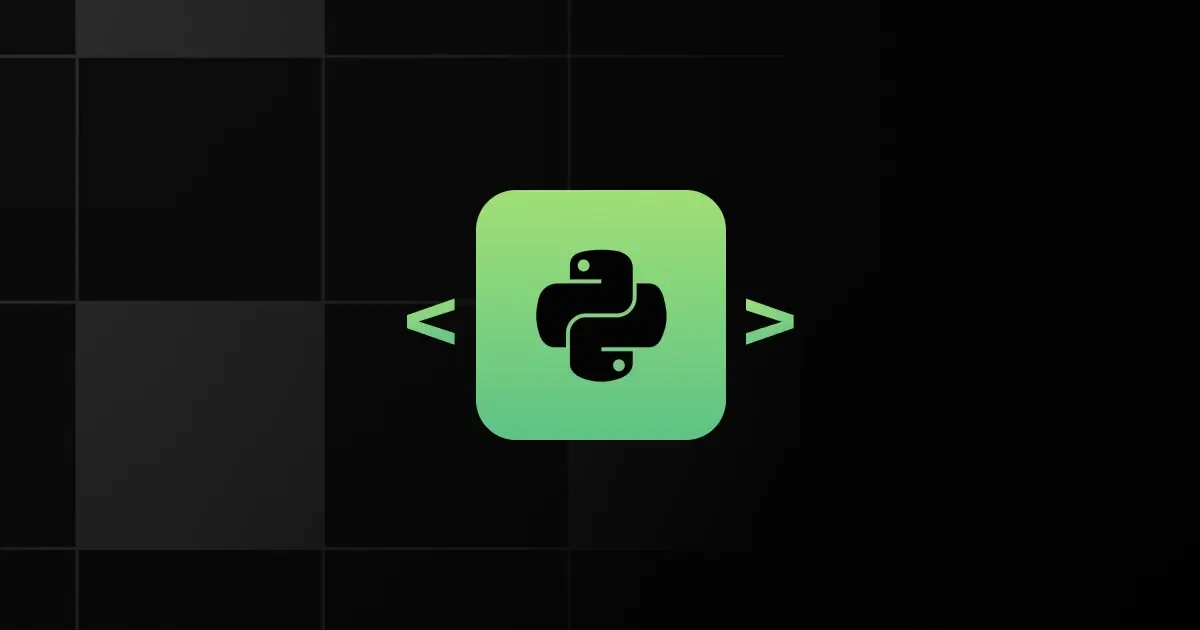


Python is a high-level, versatile programming language known for its readability and ease of use.
It is growing rapidly due to its wide adoption in data science, machine learning, and web development.
Popularity:
- Data scientists
- Web developers
- Machine learning engineers
Learning Curve: Easy
Framework and Library Support:
- Django
- Flask
- TensorFlow
Integration Capabilities:
- APIs
- Databases
- IoT devices
Security Features:
- Secure coding practices
- Built-in libraries for security
- Regular updates and patches
Job Market Demand:
- Used for data analysis, automation, and web development
- Popular in tech, finance, and research industries
Future Prospects and Trends:
- Continued growth in AI and machine learning applications
- Increasing adoption in web and mobile app development
2. Java
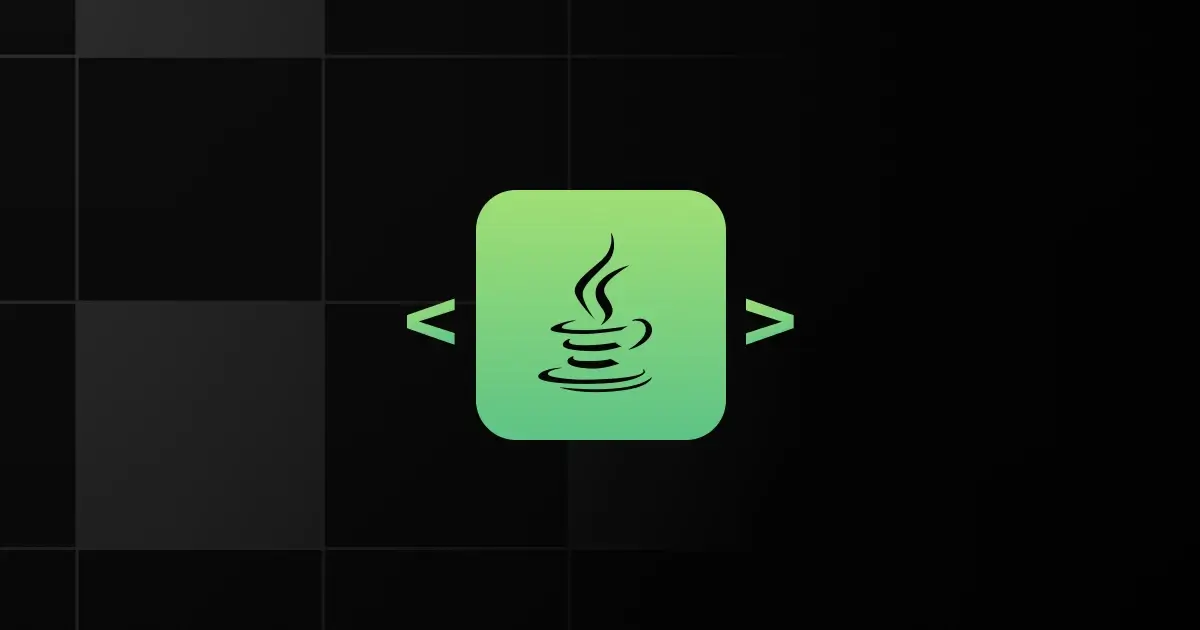


Java is a widely used, object-oriented programming language known for its portability across platforms.
It continues to grow due to its use in enterprise applications and Android development.
Popularity:
- Enterprise developers
- Android developers
- Backend developers
Learning Curve: Medium
Framework and Library Support:
- Spring
- Hibernate
- Apache Struts
Integration Capabilities:
- Enterprise systems
- Web services
- Mobile apps
Security Features:
- Robust security manager
- Secure class loading
- Regular updates
Job Market Demand:
- Used for backend systems, Android apps, and large-scale enterprise applications
- Predominant in banking, insurance, and tech industries
Future Prospects and Trends:
- Continued relevance in enterprise and cloud-based applications
- Growing use of big data and analytics with frameworks like Hadoop
3. Javascript
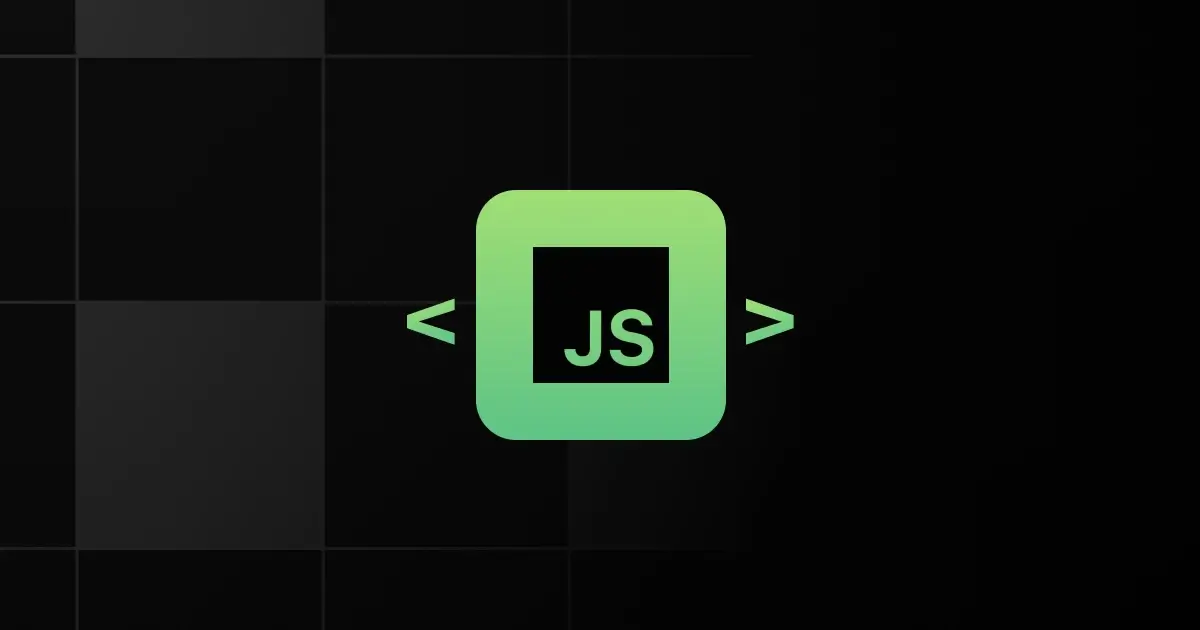


JavaScript is a versatile programming language primarily used for creating interactive and dynamic content on the web.
It enhances web development by allowing developers to implement complex features like animations, form validations, and asynchronous content updates.
Popularity:
- Front-end developers
- Full-stack developers
- Tech startups
Learning Curve: Easy
Framework and Library Support:
- React
- Angular
- Vue.js
Integration Capabilities:
- Easily integrates with HTML and CSS
- Can be used with RESTful APIs
- Supports WebAssembly for performance-intensive applications
Security Features:
- Content Security Policy (CSP)
- Cross-Origin Resource Sharing (CORS)
- Secure contexts for sensitive operations
Job Market Demand:
- Widely used for front-end and full-stack development.
- High demand in tech companies and startups.
Future Prospects and Trends:
- Growing use in server-side development with Node.js.
- Increasing relevance in mobile app development with frameworks like React Native.
4. Typescript
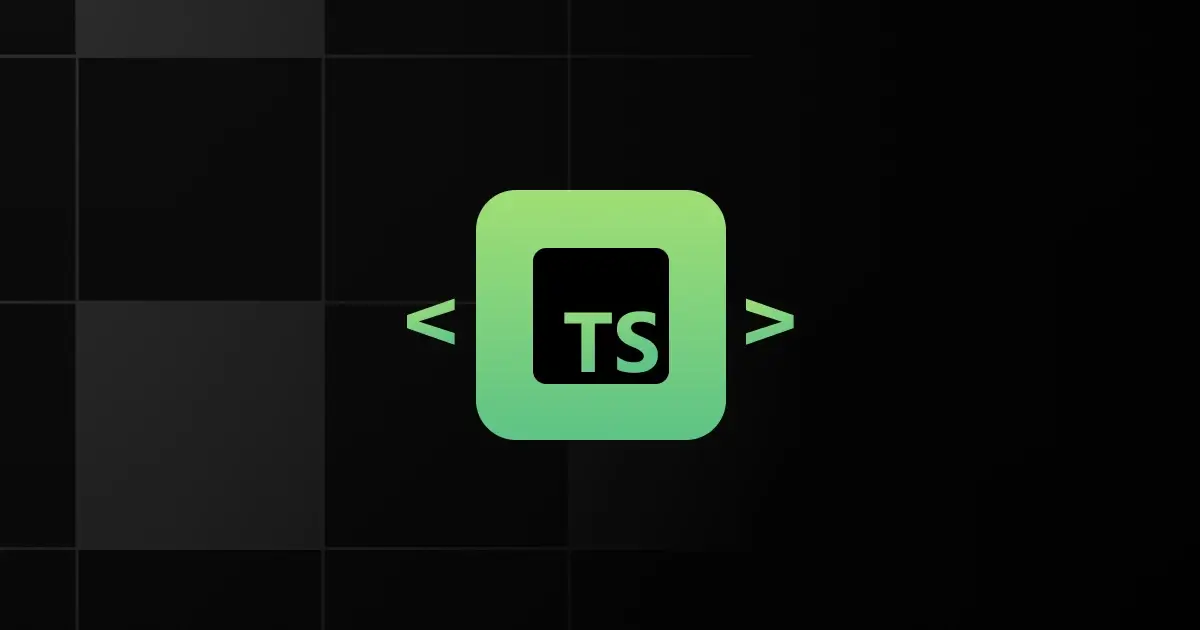


TypeScript is a statically typed superset of JavaScript that compiles to plain JavaScript.
It helps developers by providing type safety and advanced features, leading to more robust and maintainable code, especially in large-scale web applications.
Popularity:
- Web developers
- Enterprise-level projects
- Tech companies using modern frameworks
Learning Curve: Medium
Framework and Library Support:
- Angular
- React (with TypeScript support)
- Vue.js (with TypeScript support)
Integration Capabilities:
- Seamless integration with existing JavaScript codebases
- Compatible with any environment running JavaScript
- Supports modern JavaScript libraries and frameworks
Security Features:
- Type safety reduces runtime errors
- Enhanced code quality and maintainability
- Regular updates and security patches
Job Market Demand:
- High demand in enterprise-level applications.
- Used in tech companies adopting modern frameworks.
Future Prospects and Trends:
- Increasing adoption in large-scale projects.
- Enhanced support for modern JavaScript features and libraries.
5. Ruby
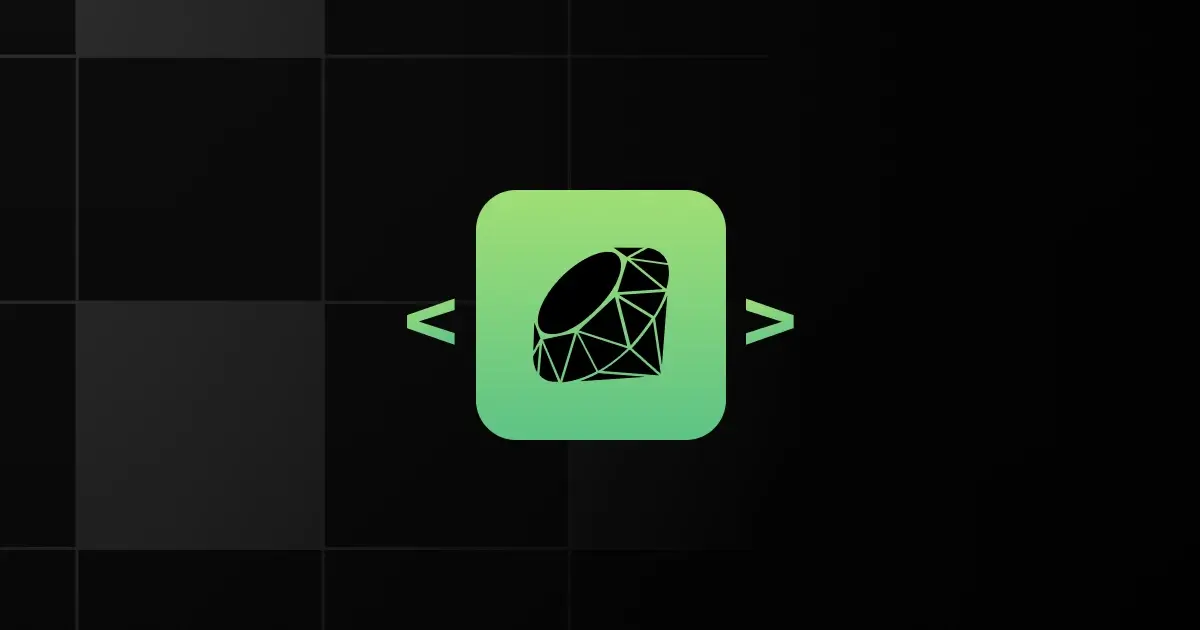


Ruby is a dynamic, open-source programming language with a focus on simplicity and productivity.
It is widely used for web development, particularly with the Ruby on Rails framework, which facilitates rapid development and clean, maintainable code.
Popularity:
- Startups
- Web developers
- Tech companies
Learning Curve: Easy
Framework and Library Support:
- Ruby on Rails
- Sinatra
- Hanami
Integration Capabilities:
- Seamless integration with various databases
- Compatible with web servers like Puma and Unicorn
- Supports RESTful APIs
Security Features:
- Built-in security features in Ruby on Rails
- Regular security updates and patches
- Ruby security libraries (e.g., SecureHeaders)
Job Market Demand:
- High demand in startups and tech companies.
- Used for scalable web applications and MVPs.
Future Prospects and Trends:
- Continued evolution with new Ruby and Rails versions.
- Increasing use in cloud-based and serverless architectures.
6. Swift
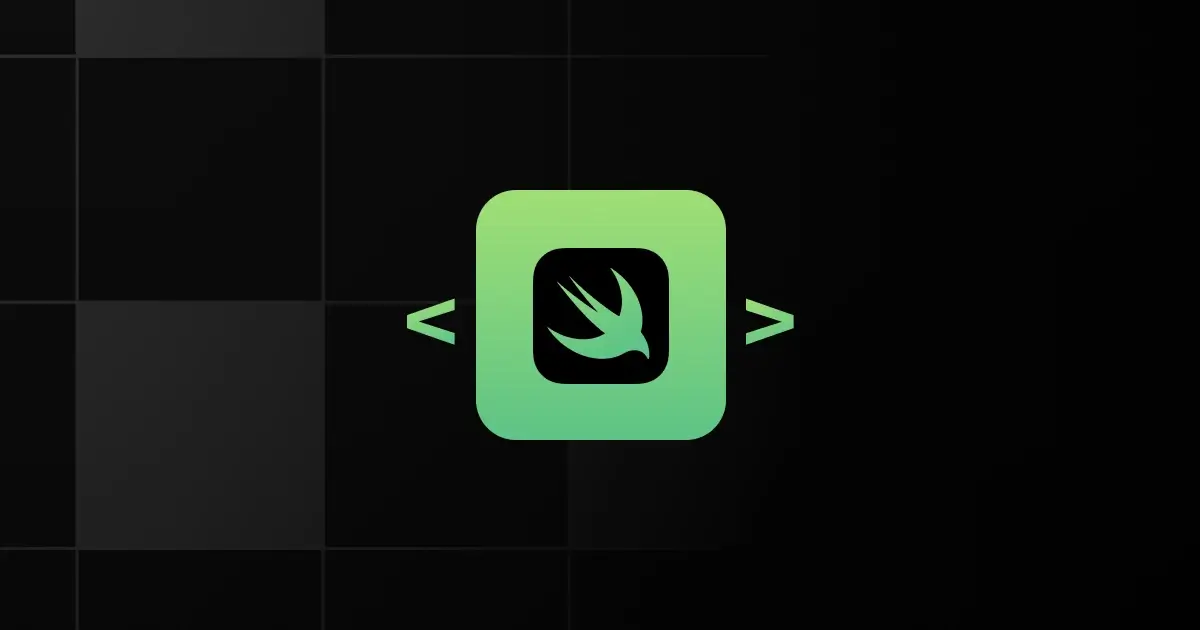


Swift is a powerful and intuitive programming language developed by Apple for building iOS, macOS, watchOS, and tvOS applications.
It provides a modern syntax and features that make it easier to write safe and fast code.
Popularity:
- iOS developers
- macOS developers
- Mobile app development companies
Learning Curve: Easy
Framework and Library Support:
- SwiftUI
- UIKit
- Vapor (for server-side Swift)
Integration Capabilities:
- Seamless integration with Apple’s ecosystem
- Compatible with Objective-C and existing Cocoa libraries
- Supports RESTful APIs and web services
Security Features:
- Strong typing and error handling
- Regular updates and security patches
- Secure coding practices encouraged by the language
Job Market Demand:
- High demand for iOS and macOS development.
- Used in mobile app development companies and tech firms.
Future Prospects and Trends:
- Growing adoption of SwiftUI for modern UI development.
- Increasing use in server-side development with Swift on the server.
7. Rust
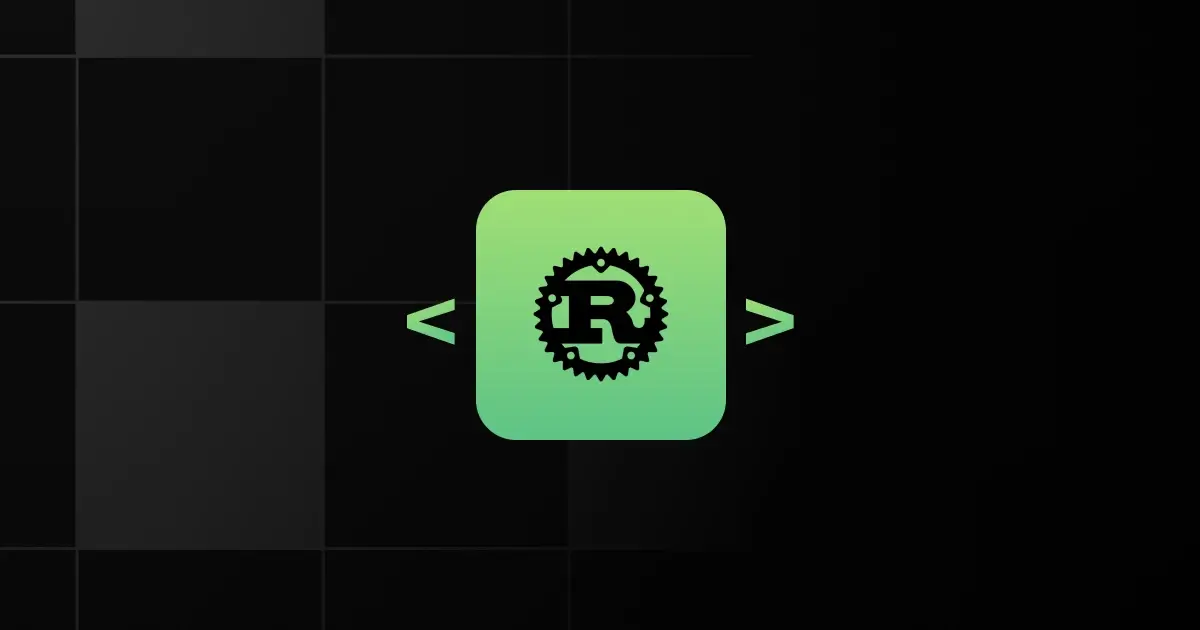


Rust is a systems programming language focused on safety, speed, and concurrency. It is growing rapidly due to its memory safety guarantees and performance, making it popular for system-level programming.
Popularity:
- System programmers
- Web developers
- Game developers
Learning Curve: Medium
Framework and Library Support:
- Rocket
- Actix
- Tokio
Integration Capabilities:
- WebAssembly
- Embedded systems
- Operating systems
Security Features:
- Memory safety
- Thread safety
- Secure coding practices
Job Market Demand:
- Used for systems programming, web development, and game development
- Popular in tech, gaming, and cybersecurity industries
Future Prospects and Trends:
- Increasing adoption in system-level and embedded programming
- Growth in WebAssembly and safe, concurrent applications
8. PHP
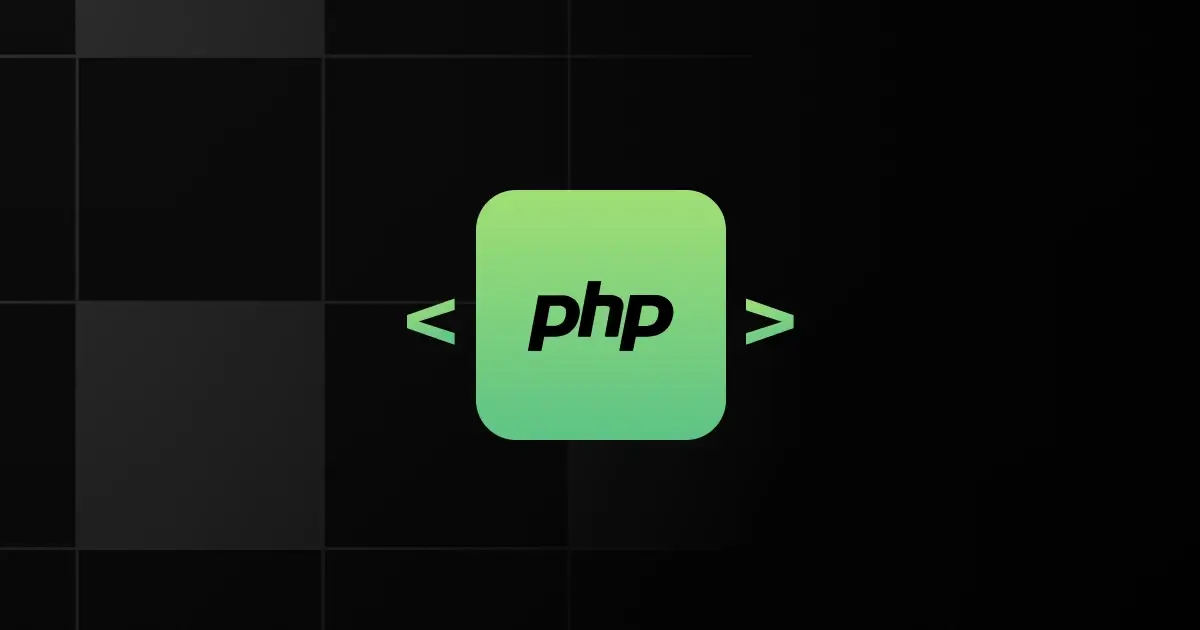


PHP is a server-side scripting language designed specifically for web development.
It helps developers build dynamic web pages and applications, offering seamless integration with databases and efficient server-side processing.
Popularity:
- Web developers
- CMS developers
- Digital agencies
Learning Curve: Medium
Framework and Library Support:
- Laravel
- Symfony
- CodeIgniter
Integration Capabilities:
- Easily integrates with various databases
- Compatible with web servers like Apache and Nginx
- Supports RESTful and SOAP APIs
Security Features:
- Built-in security features in frameworks like Laravel
- Regular security updates and patches
- PHP security libraries (e.g., PHPIDS)
Job Market Demand:
- High demand in CMS and e-commerce site development.
- Used in web development companies and digital agencies.
Future Prospects and Trends:
- Continued evolution with new PHP versions and features.
- Growing adoption of modern PHP frameworks like Laravel.
9. Go



Go, also known as Golang, is an open-source programming language designed by Google for efficiency and scalability.
It is particularly well-suited for building concurrent, high-performance applications and is commonly used in cloud services, microservices, and web development.
Popularity:
- Cloud computing developers
- DevOps engineers
- Microservices developers
Learning Curve: Medium
Framework and Library Support:
- Gin
- Echo
- Revel
Integration Capabilities:
- Excellent support for RESTful and gRPC APIs
- Seamless integration with cloud services
- Compatible with various databases
Security Features:
- Strong typing and error handling
- Regular updates and security patches
- Go security libraries (e.g., Secure)
Job Market Demand:
- High demand in cloud services and DevOps roles.
- Used in large-scale web applications and system programming.
Future Prospects and Trends:
- Increasing adoption in cloud-native development.
- Enhanced performance with upcoming language improvements.
10. C++
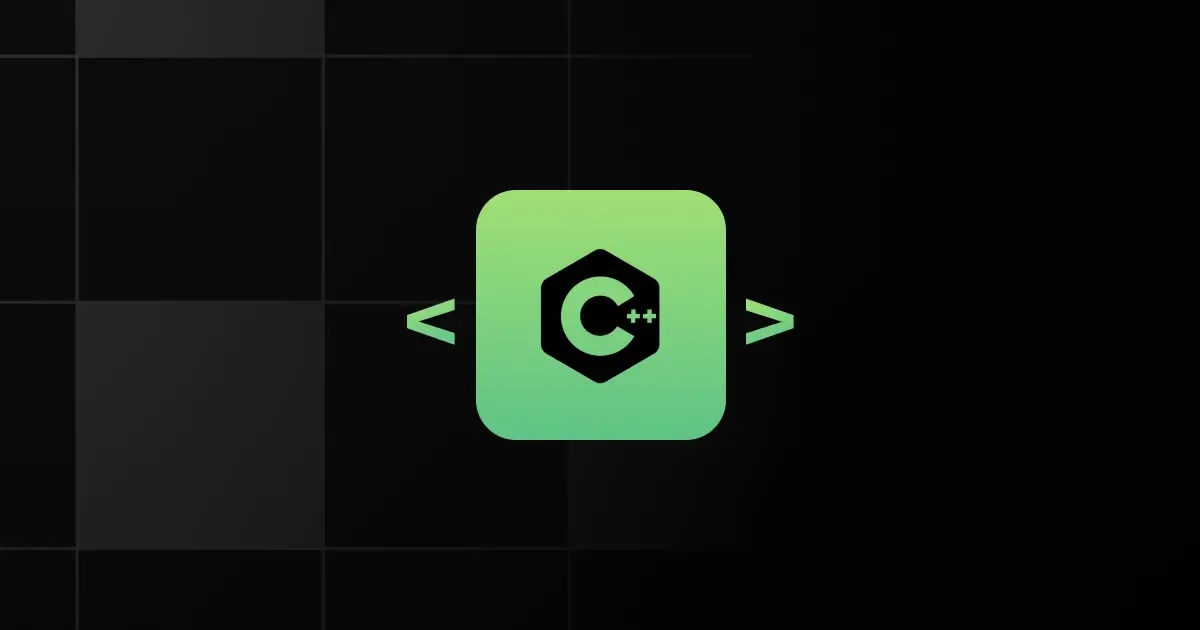


C++ is a powerful, high-performance programming language used for system/software development and game programming.
Its growth is driven by its efficiency and control over system resources.
Popularity:
- System programmers
- Game developers
- Embedded system developers
Learning Curve: Difficult
Framework and Library Support:
- Boost
- Qt
- Unreal Engine
Integration Capabilities:
- Operating systems
- Real-time systems
- High-performance applications
Security Features:
- Strong type checking
- Manual memory management
- Regular updates
Job Market Demand:
- Used for system software, game development, and performance-critical applications
- Common in finance, gaming, and software development industries
Future Prospects and Trends:
- Ongoing relevance in high-performance computing and gaming
- Increasing use in real-time systems and IoT
Final Words
We hope this blog helps you to determine which programming language is best to learn for your future.
Start enrolling in courses and practice coding daily to make a fruitful development career.
Explore More Coding Resources
Explore More Programming Languages For:
- Web Development
- Getting Jobs
- Artificial Intelligence
- App Development
- Beginners
- Backend Development
- Game Development
- Machine Learning
- Ethical Hacking
- Data Science
- Data Analytics
- Internet of Things
- Blockchain
- Cloud Computing
- UI/UX Design
- Automation Testing
FAQs
The best programming languages to learn for the future are:
- Python
- Swift
- Go
- Rust
- Javascript
You should consider future trends, job market demand, and, salary range when choosing a programming language that will remain relevant in the future.
Python, Javascript, Java, and Typescript are expected to grow in popularity.
The emerging trends in programming languages are:
- Increased focus on concurrency and parallelism for better performance.
- Growing adoption of type-safe and memory-safe languages.
- Enhanced support for machine learning and data science applications.
Python, C++, and Javascript are most relevant for emerging technologies such as AI, IoT, and blockchain.
It is important to learn a versatile programming language for future career growth because it opens up more job opportunities across different industries.
Related Posts


How to Prepare for .Net Interview
Are you preparing for a .NET interview but not sure which topics to prioritize? Many candidates struggle to balance C# fundamentals, …
Warning: Undefined variable $post_id in /var/www/wordpress/wp-content/themes/placementpreparation/template-parts/popup-zenlite.php on line 1050










